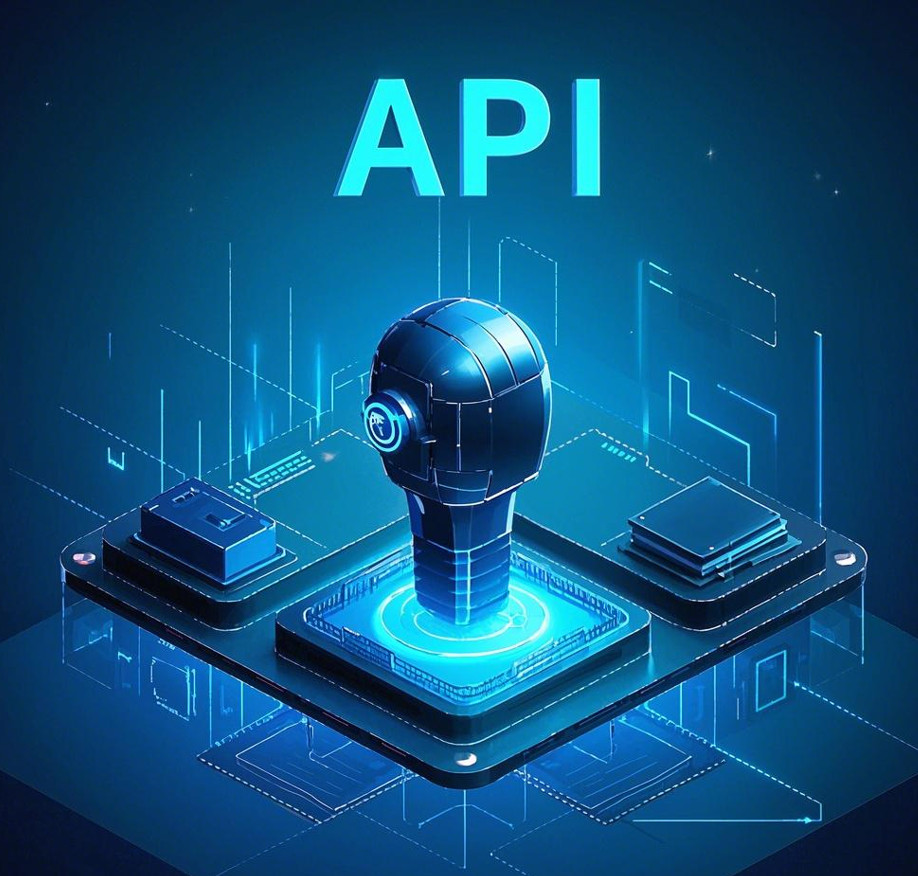
In the current era of rapid technological development, a storm in China's AI field is profoundly revealing the uncertainty of the industry's business model. DeepSeek's cooperation with Luchen Technology has been suspended due to disputes over API service costs, reflecting the difficult balance between technological development and commercial operations in the AI industry.
Deep exploration has its unique advantages at the technical level. The "DeepSeeker V3/R1 Inference System Overview" released during "Open Source Week" showcased remarkable cost reduction and efficiency improvement technologies. By using large-scale cross node expert parallel technology, it is like breaking down AI models into numerous "small experts" and dispersing them to run on different graphics cards (GPUs), greatly improving computational efficiency. Taking image recognition tasks as an example, in traditional modes, the recognition of a complex image may require a long time on a single GPU. However, in the deep search technology system, image data is quickly segmented, and various "small expert" GPUs process different parts in parallel, resulting in an exponential increase in processing speed. When transmitting data, learn from the factory assembly line mode to achieve synchronization between computation and transmission, avoiding resource idle. This innovative technology significantly reduces costs. It is estimated that if the GPU rental cost is $2/hour, one day the theoretical total cost of DeepSeek V3 and R1 inference services will be $87000, but the total revenue can reach $562000, with a cost profit margin of up to 545%.
However, in actual commercial implementation, this technological advantage has not been smoothly translated into commercial success. Yu Yang, founder of Luchen Technology, pointed out that under the MaaS (Model as a Service) model, the more users there are, the more losses they will incur. Although this viewpoint has been refuted by in-depth data analysis, it highlights the common cost accounting challenges faced by the AI industry. There is a huge difference in the perception of model throughput on the same machine among different service providers. Taking servers with the same configuration as an example, Luchen Technology believes based on its own experience that the number of concurrent requests that can be carried by the model is X, while Deep Search calculates a value much higher than X based on its own technical system. The disagreement between the two parties in this regard directly leads to the breakdown of cooperation. This controversy reflects the lack of technical standards in the AI industry, which leads to a lack of unified standards for cost calculation and resource allocation among enterprises, and business cooperation is full of variables.
The uncertainty of the business model in the AI industry is also reflected in the mismatch between technological iteration and market demand. Deep search technology is advanced, but due to poor user experience, such as frequent server busyness during the Spring Festival, it has affected the realization of its commercial value. This indicates that even with cutting-edge technology, if it cannot match the actual market demand and provide stable and efficient services to users, it is difficult to establish a foothold in the market. AI technology updates rapidly, and enterprises not only need to invest huge amounts of money in researching and developing new technologies, but also need to constantly monitor market trends to ensure that technology resonates with market demand. Otherwise, they are prone to falling into the dilemma of advanced technology but commercial failure. For example, some AI translation software are constantly upgrading their language models in pursuit of more accurate translation results, but ignoring users' needs for translation speed and interface simplicity, resulting in user churn.
From the perspective of industry development, this controversy also sounds the alarm for the AI industry. On the one hand, companies need to re-examine the relationship between technology and business. Technology is the engine that drives industry progress, but business operations are the foundation for maintaining the survival and development of enterprises. When pursuing technological breakthroughs, enterprises should simultaneously build sustainable business models, focusing on cost control, user experience, and market feedback. On the other hand, the entire industry urgently needs to establish unified technical standards and regulations. In the absence of standards, cooperation costs between enterprises are high, market competition is disorderly, and it is not conducive to the long-term healthy development of the industry. By establishing standards, clarifying technical indicators, cost accounting methods, etc., communication barriers between enterprises can be reduced, cooperation can be promoted, and industry competition can be fostered. For example, in the field of autonomous driving, unified safety standards and data transmission specifications can effectively reduce the cost of integration between car companies and technology suppliers, and accelerate the implementation of technology.
The dispute over API service costs between Deep Search and Luchen Technology is a microcosm of the uncertainty of the AI industry's business model. It warns industry practitioners to pay attention to business operations and market demand while innovating in technology; We also call on the industry to accelerate the establishment of standards and regulations to create a stable business environment for technological development. Only in this way can the AI industry break through its current predicament, achieve a win-win situation between technology and business, and truly unleash enormous development potential.

Since 2022, the Fed has cumulatively reduced its balance sheet by $2.4 trillion through quantitative tightening (QT) policies, leading to a near depletion of liquidity in the financial system.
Since 2022, the Fed has cumulatively reduced its balance sh…
On December 11 local time, the White House once again spoke…
Fiji recently launched its first green finance classificati…
Recently, the European Commission fined Musk's X platform (…
At the end of 2025, the situation in the Caribbean suddenly…
The U.S. AI industry in 2025 is witnessing a feverish feast…